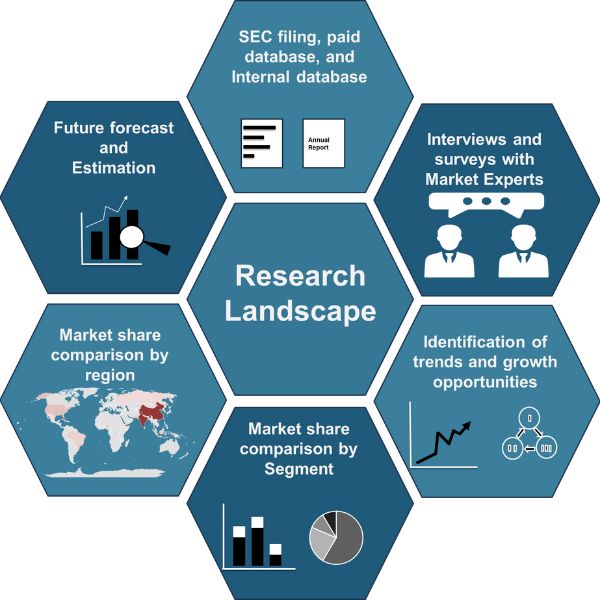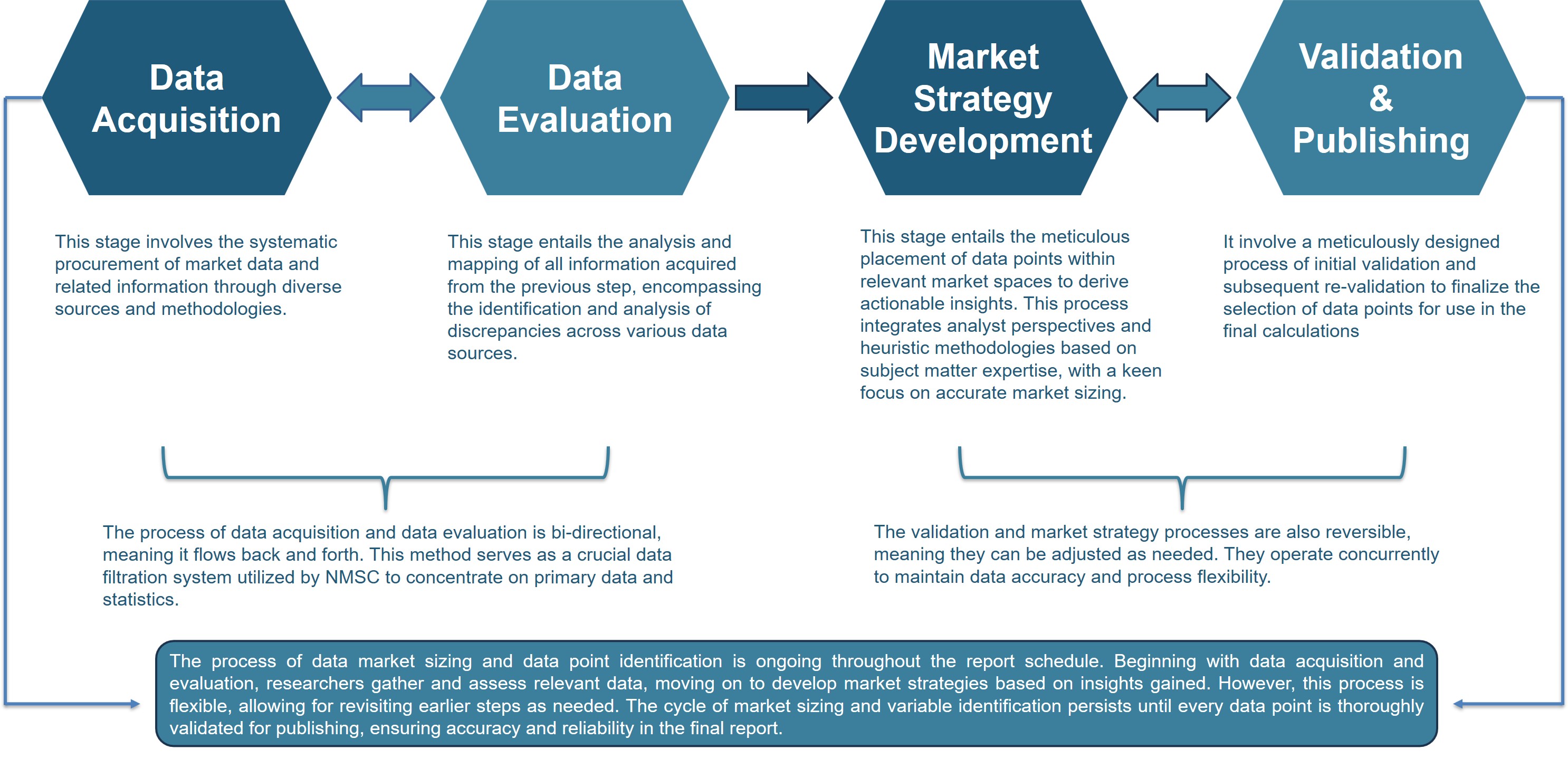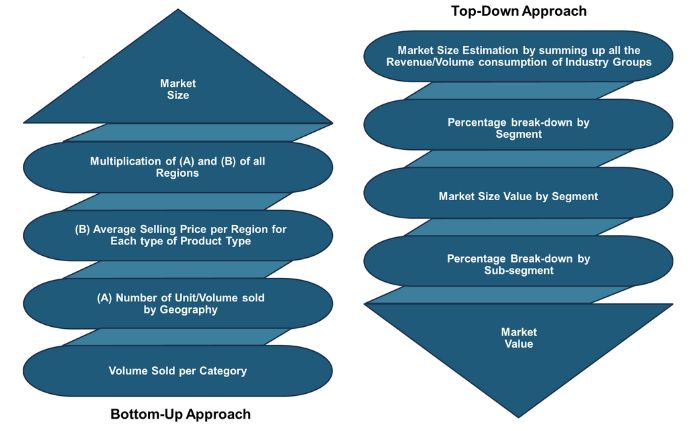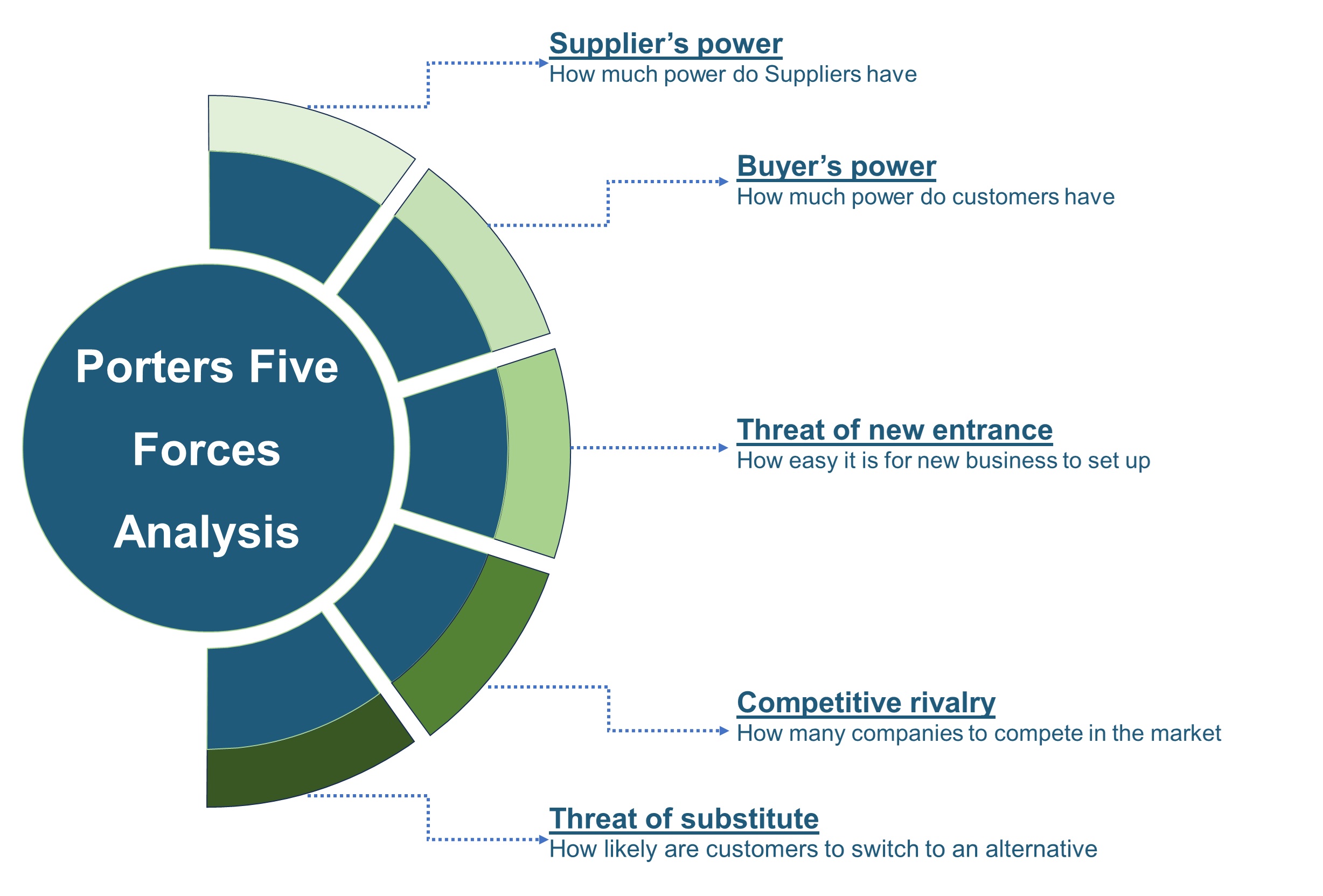
Unmanned Surface Vehicles Market by Type (Autonomous Surface Vehicles and Semi-Autonomous Surface Vehicles), by Solution (Propulsion System, Payload, and Others), by Size (Small USVs, Medium USVs, and Others), By Hull Type (Single, Twin, Triple, and Rigid Inflatable), by Cruising Speed (< than 10 Knots, 10–30 Knots, and > than 30 Knots), by Operations (Remote Operated and Autonomous Operated), and by Application (Defense, and Others) – Global Opportunity Analysis and Industry Forecast 2025-2030
US Tariff Impact on Unmanned Surface Vehicles Market
Trump Tariffs Are Reshaping Global Business
Unmanned Surface Vehicle Market Overview
The Global Unmanned Surface Vehicle Market size was valued at USD 1.70 billion in 2024 and is predicted to reach USD 2.92 billion by 2030 with a CAGR of 9.6% from 2025-2030.
The factors such as technological advancement, growing maritime security, and expansion of commercial sector drives the market growth. However, the high cost associated with USVs pose significant challenges to market expansion. On the contrary, the integration of hybrid propulsion system offers promising future opportunities to enhance operational efficiency, extend mission duration, and reduce environmental impact.
Moreover, the top players such as L3Harris Technologies, Textron Inc., and Lockheed Martin Corporation, are taking various initiates such as product launch and partnerships in order to enhance their market expansion. These initiatives develop innovative features and expands industry opportunities in USVs. With innovations, USVs are expected to expand into autonomous shipping, offshore energy, and environmental conservation driven by advances in AI and sensor technologies. As the market matures, the increasing demand for more advanced, high-performance USVs is expected to fuel further growth.
Technological Advancements Fuels Market Growth
The rise in technological advancements in USVs drives the market by improving the capabilities and efficiency of these vessels. The innovations in sensors, navigation systems, and AI enables USVs to perform complex tasks such as surveillance, data collection, and environmental monitoring with greater precision. For instance, in January 2024, Robosys automation launched VOYAGER AI Autopilot that enables USVs to become fully autonomous vessels and provides hydrographic and oceanic surveys. These technological advancements significantly enhance the functionality and performance of USV that ultimately propels the growth of the market.
Growing Maritime Security Drives Market Growth
The growing maritime security need for enhanced surveillance and protection of waterways drives the market. Through real-time data delivery USVs perform security threat monitoring and patrolling tasks to prevent maritime incidents. The ICC International Maritime Bureau documented 120 piracy occurrences together with armed robbery throughout 2023 after reporting 115 incidents during 2022. Maritime incidents have risen to a level which proves that USVs will enhance security detections and responses to increase maritime security standards.
Expansion of Commercial Sector Boosts the Market Growth
The growth of the market is driven by the expansion of the commercial sector including fishing, oil and gas, and others that seek efficient and cost-effective solutions for maritime tasks such as surveying and monitoring. According to the latest report published by the State of World Fisheries and Aquaculture, global fisheries and aquaculture production valued at 223.2 million tonnes in 2022 that is 4.4% rise as compared to 2020. This significant rise in commercial sectors including global fisheries and aquaculture production leads to the increase in the USVs for efficient maritime solutions.
High Cost Associated with USVs Hinders Market Growth
The high cost for adoption of advanced sensors, navigation systems, and other sophisticated equipment hinders smaller organizations or those with limited budgets from investing in USVs. This reduces the overall market growth and restraints the development of advanced system.
Incorporation of Hybrid Propulsion System Creates Future Opportunity
The integration of hybrid propulsion system in USVs by combining traditional fuel engines with electric power represents an opportunity growth of the market. This technology enhances operational efficiency, extends mission duration, and reduces environmental impact by allowing USVs to switch between fuel and electric modes. A hybridized mechanical structure enables lower fuel usage together with cheaper operational costs and diminished carbon output and environmental benefits.
Market Segmentation and Scope of Study
The unmanned surface vehicle market report is segmented on the basis of type, solution, size, hull type, cruising speed, operations, application, and region. On the basis of type, the market is categorized into autonomous surface vehicles and semi-autonomous surface vehicles. On the basis of solution, the market is divided into propulsion system, payload, and others. On the basis of size, the market is segmented into small USVs, medium USVs, and others.
On the basis of hull type, the market is classified into single, twin, triple, and rigid inflatable. On the basis of cruising speed, the market is segmented into < than 10 knots, 10–30 knots, and > than 30 knots. On the basis of operations, the market is categorized into remote operated and autonomous operated. On the basis of application, the market is divided into defense, commercial, and others. Regional breakdown and analysis of each of the aforesaid segments includes regions comprising of North America, Europe, Asia-Pacific, and Rest of the World (RoW).
Geographical Analysis
North America holds the dominating in unmanned surface vehicle market share at present and is projected to continue its dominance throughout the forecast period. This is due to the increase government initiatives in the region to approve and promote USV. These initiatives include funding for research, streamlined approval processes, and guidelines for safe operation and by creating a supportive regulatory.
For instance, in January 2024, the U.S. Navy launched the first Overlord Unmanned Surface Vessel Vanguard (OUSV3) that is designed and constructed from the ground up for autonomous operations. These government initiatives and advancements, highlighted by the launch of the product are essential for creating a supportive environment that propels the growth and integration of USVs into various maritime operations.
Also, the rising investments in the defense industry further fuels the market growth in the region as armed forces utilize USVs for critical tasks such as surveillance, reconnaissance, and tactical missions by providing real-time intelligence and reduce the risks for military personnel in the field.
As per the latest report published by the International Trade Administration (ITA), the Department of National Defense’s budget estimated for 2023-24 is USD 19.5 billion with an increase of USD 29 billion by 2026-27. This substantial investment in national defense sector accelerates the rise in advanced USV solutions for enhanced securities.
On the other hand, Asia-Pacific shows a substantial growth in the market due to the rise in commercial sectors of the region such as fishing industry, oil and gas, shipping industries, and others that requires continuous monitoring of the sea water for security and expansion. As per the latest report published by the Invest India, the marine fisheries contributed 24.3% of India’s total fish production in 2023 representing an average growth of 6.7% every year. This increasing the unmanned surface vehicle market demand for continuous surveillance not only enhances security but also highlights the vital role of USVs in supporting sustainable growth within these commercial sectors.
Moreover, the rise in the maritime threats in the region such as water smuggling, intrusions of other motor vehicles propel the unmanned surface vehicle market growth. USVs minimize operational dangers by permitting them to carry out potentially dangerous missions including mine detection as well as suspicious vessel investigations alongside human crew protection operations.
As per the latest report published by the ICC International Maritime Bureau, Indonesia recorded 10 maritime incidents in 2022 and 18 incidents in 2023. Also, weapons were involved in half of these incidents that injured many crew members. This increasing threat highlights USVs in enhancing maritime security for the deployment in high-risk areas to ensure safer and more efficient operations.
Competitive Landscape
The various key players in the unmanned surface vehicle industry includes L3Harris Technologies, Textron Inc., Lockheed Martin Corporation, Kongsberg Maritime, Exail Group, Thales Group, Fugro, Liquid Robotics, Elbit Systems, ECA Group, Teledyne Marine Technologies, BAE Systems plc, Maritime Robotics AS, OceanAlpha, Bharat Electronics Limited, and others. These companies are opting various strategies such as product launch and collaboration to maintain their dominance in the global unmanned surface vehicle market.
For instance, in June 2024, Exail launched advanced uncrewed surface vessel, the Drix O-16 that successfully completed sea trials. This launch boosts the growth in the market by encouraging the development of innovative features and expanding industry opportunities in USVs.
Moreover, in April 2024, L3 Harris collaborated with Qatari shipbuilder performance marine to bring USV capabilities in Qatar, providing a dynamic platform and opportunity for performance. The collaboration helped the company to grow more widely and enhance its operations by providing a greater market.
Key Benefits
-
The report provides quantitative analysis and estimations of the unmanned surface vehicle market from 2025 to 2030, which assists in identifying the prevailing market opportunities.
-
The study comprises a deep-dive analysis of the current and future unmanned surface vehicle market trends to depict prevalent investment pockets in the industry.
-
Information related to key drivers, restraints, and opportunities and their impact on the unmanned surface vehicle market is provided in the report.
-
Competitive analysis of the players, along with their market share is provided in the report.
-
SWOT analysis and Porters Five Forces model is elaborated in the study.
-
Value chain analysis in the market study provides a clear picture of roles of stakeholders.
Unmanned Surface Vehicle Market Key Segments
By Type
-
Autonomous surface vehicle
-
Semi-autonomous surface vehicle
By Solution
-
Propulsion System
-
Payload
-
Others
By Size
-
Small USVs
-
Medium USVs
-
Others
By Hull Type
-
Single
-
Twin
-
Triple
-
Rigid Inflatable
By Cruising Speed
-
< than 10 Knots
-
10-30 Knots
-
> 30 Knots
By Operations
-
Remote Operated
-
Autonomous Operated
By Application
-
Defense
-
Commercial
-
Others
By Region
-
North America
-
The U.S.
-
Canada
-
Mexico
-
-
Europe
-
The UK
-
Germany
-
France
-
Italy
-
Spain
-
Denmark
-
Netherlands
-
Finland
-
Sweden
-
Norway
-
Russia
-
Rest of Europe
-
-
Asia-Pacific
-
China
-
Japan
-
India
-
South Korea
-
Australia
-
Indonesia
-
Singapore
-
Taiwan
-
Thailand
-
Rest of Asia Pacific
-
-
Rest Of World
-
Latin America
-
Middle East
-
Africa
-
Key Players
-
L3Harris Technologies
-
Textron Inc.
-
Lockheed Martin Corporation
-
Kongsberg Maritime
-
Exail Group
-
Thales Group
-
Furgo
-
Liquid Robotics
-
Elbit Systems
-
ECA Group
-
Teledyne Marine Technologies
-
BAE Systems plc
-
Maritime Robotics AS
-
OceanAlpha
-
Bharat Electronics Limited
REPORT SCOPE AND SEGMENTATION:
|
Parameters |
Details |
|
Market Size in 2024 |
USD 1.70 Billion |
|
Revenue Forecast in 2030 |
USD 2.92 Billion |
|
Growth Rate |
CAGR of 9.6% from 2025 to 2030 |
|
Analysis Period |
2024–2030 |
|
Base Year Considered |
2024 |
|
Forecast Period |
2025–2030 |
|
Market Size Estimation |
Billion (USD) |
|
Growth Factors |
|
|
Countries Covered |
28 |
|
Companies Profiled |
15 |
|
Market Share |
Available for 10 companies |
|
Customization Scope |
Free customization (equivalent to up to 80 working hours of analysts) after purchase. Addition or alteration to country, regional, and segment scope. |
|
Pricing and Purchase Options |
Avail customized purchase options to meet your exact research needs. |

















 Speak to Our Analyst
Speak to Our Analyst

















